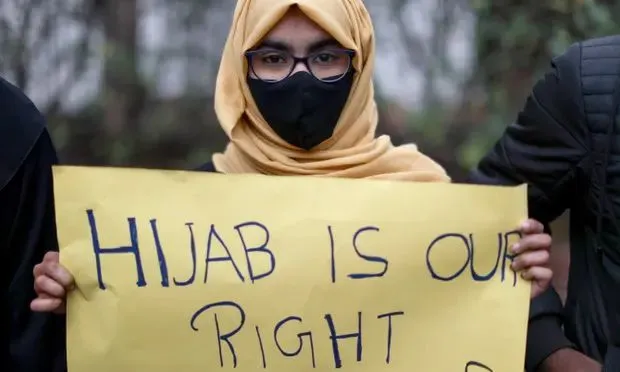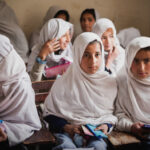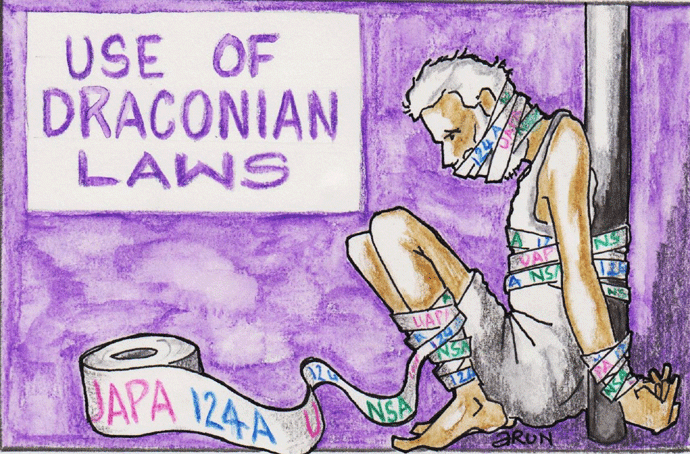The row over Hijab ban is incessantly in continuance since the Karnataka High Court’s judgement that wearing hijab by Muslim girls in government run, or aided colleges or universities should be banned, on the pretext of maintaining the equilibrium of the secular nature of our country.
In relation to this matter, an appeal was filed with the Supreme Court after the Karnataka High Court’s decision was deemed unsatisfactory by many.
On October 13, the Supreme Court’s two-judge division bench, comprising of Justice Hemant Gupta and Justice Sudhanshu Dhulia, gave a split verdict on the contentious issue.
Justice Gupta advocated the judgement of Karnataka HC and reiterated that the ban of hijab in government run or aided colleges and universities is necessary so as to secure the secular character of our country.
His opinion stated that there must be uniformity and generality over the dress code especially of government institutions. Also, there must be separation of religion and state from each other and religion does not affect the administration of any secular institution.
On the other hand, Justice Dhulia condemned the holding of Karnataka HC and argued that the decision of hijab ban in government run, or aided colleges and universities is absolute violation of the right of privacy guaranteed under Article 21; right to choose under Article 19(1)(a); and freedom of religion under Article 25(1) of the Indian Constitution.
The hijab ban is in abstract contrast towards the privacy and dignity of a girl.
Since, the division bench forwarded the divergent opinions, the matter is to be transferred to the bench of three-judge under the guidance of Chief Justice U.U. Lalit. Till then, the hijab ban will continue to be in existence and cannot be lifted.
The Split Verdict

According to the opinion of Justice Gupta, holding religious beliefs is not permitted in any organization that is run by the state. He went on to say that students attending schools where such practices are permitted are free to wear the hijab or practice any other form of religious expression of their choosing; however, students attending schools funded in whole or in part by the state are not permitted to engage in such religious expression, and the practice can therefore be outlawed by a government ruling.
He stressed, the primary aim of the government is to ensure parity among the students in terms of uniform and maintain the secular environment of the nation.
Justice Gupta advocated the hijab ban on the pretext of secularism which he said cannot be encroached by any religious practice.
While Justice Dhulia condemned the decision of hijab ban on the point that it transgressed the right of privacy and dignity of a Muslim girl and also a cause of denying education. Due to the patriarchal mindset of our country, education among girls and women is negligible and if we further put a ban on hijab, it may specifically hinder a Muslim girl child’s education and this will amplify the deteriorated education system.
He further mentioned that the hijab ban wholly violates the Right to Privacy and Right to choose of a Muslim girl rendering her incapable of asking for justice and of maintaining her personal choice that suits her.
So, the question of whether to ban hijab in government run or aided institutions in order to secure our country’s secular character or not to ban hijab in order to maintain the dignity and right of Muslim girl child of personal choice is an abstract.
However, the justice to the Muslim girl child is in dire need of recognition and should be given.









